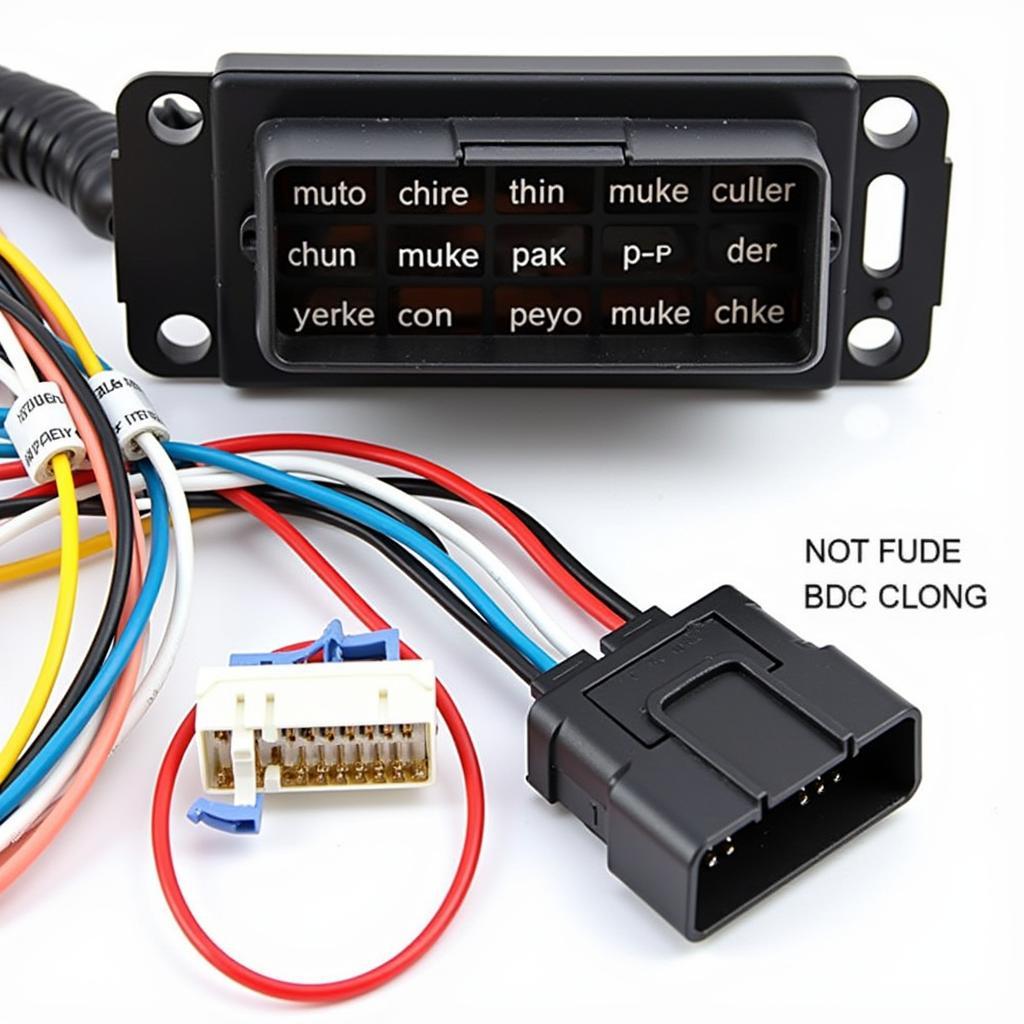The BMW S1000RR is renowned for its blistering performance and aggressive design, but one aspect truly sets it apart: its distinctive exhaust sound. This isn’t just any engine note; it’s a symphony of mechanical prowess that resonates with riders and enthusiasts alike. But what contributes to this iconic sound, and what options exist for riders seeking to personalize their sonic experience?
Deconstructing the Roar: Factors Influencing the BMW S1000RR Exhaust Note
The S1000RR’s exhaust sound is a product of meticulous engineering, influenced by a blend of factors:
- Engine Configuration: The heart of the beast, a high-revving 999cc inline-four engine, lays the foundation for the sound. Its firing order and rapid-fire combustion cycles create a raw, mechanical symphony.
- Exhaust System Design: From the headers to the muffler, the exhaust system plays a critical role in shaping the sound waves. The length, diameter, and internal baffling within the system influence both volume and tone.
- Materials: The type of materials used in the exhaust system, such as stainless steel or titanium, can subtly alter the resonance and timbre of the sound.
- Engine Tuning: The engine’s fuel mapping and ignition timing influence not only performance but also the sound output. Different tuning maps can result in subtle variations in the exhaust note.
Tailoring the Symphony: Exhaust Modifications for the S1000RR
For riders seeking to personalize their S1000RR’s sonic signature, the aftermarket offers a plethora of exhaust modifications:
- Slip-On Exhausts: A popular choice, slip-on exhausts replace the stock muffler and tailpipe, offering a relatively simple way to enhance both sound and aesthetics.
- Full Exhaust Systems: For the ultimate in performance and sound customization, full systems replace the entire exhaust tract, from headers to tailpipe.
- Decat Pipes: Removing the catalytic converter can increase power and create a more aggressive exhaust note, but it’s essential to check local regulations as this modification may not be street legal in all areas.
- Exhaust Valves: Some aftermarket systems incorporate exhaust valves that allow riders to adjust the sound level and tone on the fly.
Beyond the Aftermarket: Factors Affecting Exhaust Sound Perception
While exhaust modifications significantly impact sound, other factors influence how the sound is perceived:
- Riding Environment: The surrounding environment plays a role in how the exhaust sound propagates. Riding in a canyon will produce different acoustics compared to an open highway.
- Rider’s Helmet: The type of helmet worn can influence how the rider perceives the exhaust sound. Some helmets offer better noise insulation than others.
The Importance of Professional Installation and Tuning
While the allure of a roaring exhaust is undeniable, it’s crucial to prioritize safety and performance. Professional installation and tuning are paramount when modifying your S1000RR’s exhaust system:
- Proper Fitment: Incorrect installation can lead to exhaust leaks, reduced performance, and even damage to the motorcycle.
- Fuel Mapping Optimization: Changing the exhaust system can affect the air/fuel ratio, potentially leading to performance issues. A professional tuner can optimize the fuel mapping to ensure optimal performance and engine health.
Seeking Expert Advice: Cardiagtech – Your BMW S1000RR Diagnostic Specialists
Navigating the intricacies of exhaust modifications can be daunting. For expert guidance and peace of mind, consult with the professionals at Cardiagtech. Our team specializes in BMW diagnostics, programming, and remote software installation to address a wide range of automotive issues.
Contact Cardiagtech today for personalized assistance:
- Phone: +1 (641) 206-8880
- Email: CARDIAGTECH[email protected]
- Office: 276 Reock St, City of Orange, NJ 07050, United States
Let us help you unleash the true symphony of your BMW S1000RR.

